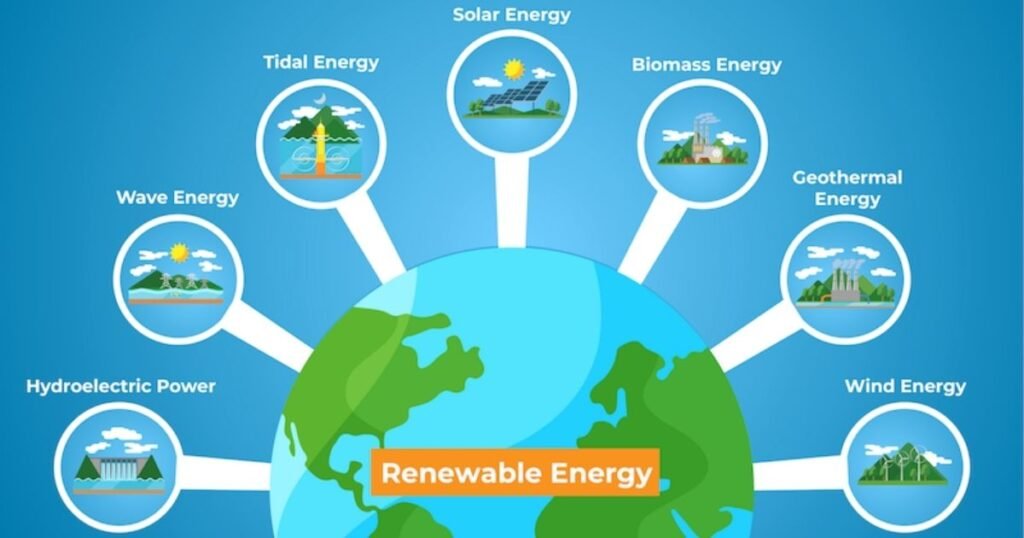Introduction
A deluge valve is a crucial component in fire protection systems, commonly used in high-risk areas where rapid fire suppression is required. Unlike standard sprinkler systems, which activate individually, a deluge system releases a large volume of water or foam simultaneously over a protected area. This article explores the working principle, applications, and design considerations for deluge valve sizing.
What is a Deluge Valve?
A deluge valve is a hydraulically operated valve that controls water flow in a fire protection system. It remains closed under normal conditions and opens when triggered by a fire detection system, allowing water or foam to flood the protected area through open nozzles or sprinklers.
Key Features of a Deluge Valve:
- Normally closed until activated.
- Requires an external fire detection system (heat, smoke, or flame sensors).
- Provides rapid and uninterrupted water/foam flow for high-hazard areas.
- Works in wet, dry, or foam-based systems.
Working Principle of a Deluge Valve
The deluge valve functions by controlling the water supply to a piping network with open nozzles or sprinklers. Here’s how it works:
Step-by-Step Working Mechanism:
- System Standby Mode:
- The deluge valve is closed under normal conditions.
- The water supply is held back, and the system remains dry.
- Fire Detection and Activation:
- A fire detection system (heat/smoke detectors, pilot lines, or manual activation) detects fire.
- The detection system sends a signal to release the deluge valve.
- Valve Opening and Water Discharge:
- The valve opens fully, allowing water/foam to flow through the piping network.
- Water is discharged through open sprinklers or nozzles, covering the entire area.
- Fire Suppression:
- The system floods the area with water or foam to extinguish the fire.
- Water flow continues until manually shut off.
Types of Deluge Systems
There are different types of deluge systems based on their activation and suppression mechanisms:
| Type | Description | Common Uses |
|---|---|---|
| Water-Based Deluge System | Uses water only to suppress fire. | Power plants, transformers, aircraft hangars. |
| Foam-Water Deluge System | Uses a foam-water mixture to suppress fires involving flammable liquids. | Fuel storage, chemical plants. |
| Pre-Action Deluge System | Deluge valve opens only if both fire detection and sprinkler activation occur. | Data centers, museums, archives. |
| Pneumatic Deluge System | Activated using a pneumatic release system instead of electrical detection. | Offshore platforms, tunnels. |
Applications of Deluge Systems
Deluge systems are used in high-risk environments where rapid fire spread is a concern.
Industries & Applications:
- Oil & Gas Industry: Used in refineries, offshore platforms, and storage tanks where flammable liquids are present.
- Power Plants: Protects transformers, turbines, and coal handling systems.
- Aircraft Hangars: Ensures fire suppression in large open spaces.
- Chemical and Petrochemical Plants: Mitigates fire risks in flammable liquid processing.
- Warehouses and Storage Facilities: Prevents fire spread in highly combustible material storage.
- Tunnels and Underground Facilities: Provides fire protection in confined spaces.
How to Design Deluge Valve Sizing?
Proper deluge valve sizing ensures efficient water/foam delivery for fire suppression. The following parameters must be considered:
1. Determine Required Flow Rate (Q)
The flow rate depends on the protected area, fire hazard type, and design density (L/min/m² or gpm/ft²).
- Q = Design Density × Area to be Protected
- Example: If design density = 10 mm/min (0.25 gpm/ft²) and area = 200 m² (2153 ft²), then
- Q = 10 × 200 = 2000 L/min (or 0.25 × 2153 = 538 gpm).
2. Calculate Required Pipe Size
Use the Hazen-Williams equation for water flow in pipes: V=k⋅C⋅D2.63⋅S0.54V = k \cdot C \cdot D^{2.63} \cdot S^{0.54}
Where:
- V = Velocity (m/s or ft/s)
- C = Pipe roughness coefficient (for steel pipes, C = 120)
- D = Pipe diameter (m or inches)
- S = Slope (Pressure loss per unit length)
Use hydraulic calculations or software like HydroCAD, PipeFlow, or NFPA 15 guidelines.
3. Select the Correct Deluge Valve Size
- The valve size depends on the flow rate and available pressure.
- Common sizes: 2-inch, 4-inch, 6-inch, or larger.
- Check NFPA 15, NFPA 13, and manufacturer specifications for valve selection.
4. Ensure Adequate Water Supply Pressure
- Required pressure depends on elevation, friction losses, and discharge requirements.
- Use the Bernoulli equation to estimate pressure drop: P=ρgh+12ρv2+PstaticP = \rho g h + \frac{1}{2} \rho v^2 + P_{\text{static}}
- Ensure system meets minimum operating pressure for proper spray pattern formation.
5. Nozzle Selection and Placement
- Determine the spray pattern, discharge angle, and coverage area.
- Ensure even distribution across the protected area.
- Follow NFPA 15 (Water Spray Fixed Systems) guidelines.
Advantages of Deluge Systems
✔ Rapid Fire Suppression: Covers large areas instantly.
✔ Versatile Applications: Suitable for hazardous environments.
✔ Customizable with Water or Foam: Can be adapted to fire hazards.
✔ Reliable Fire Protection: Ensures safety in critical areas.
Regulatory Standards for Deluge Systems
- NFPA 15: Standard for water spray fixed systems.
- NFPA 16: Foam-water sprinkler and deluge systems.
- NFPA 13: Sprinkler system design and installation.
- Factory Mutual (FM) and UL Listed Components: Ensure reliability.
Conclusion
A deluge valve is an essential fire protection device designed for rapid fire suppression in high-risk areas. Understanding its working principle, applications, and proper sizing methodology ensures effective fire protection. By adhering to NFPA standards and conducting hydraulic calculations, engineers can design efficient deluge systems for industrial safety.

